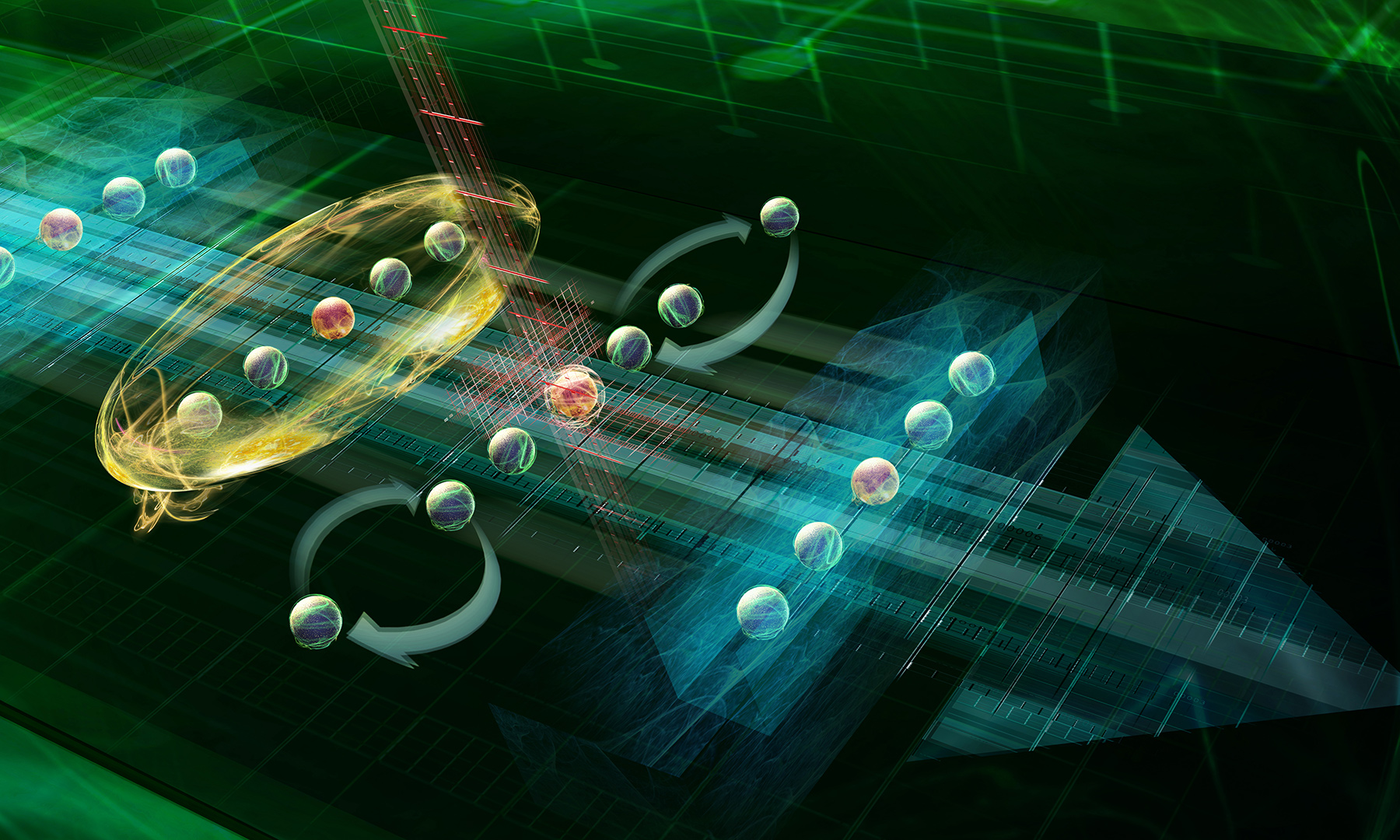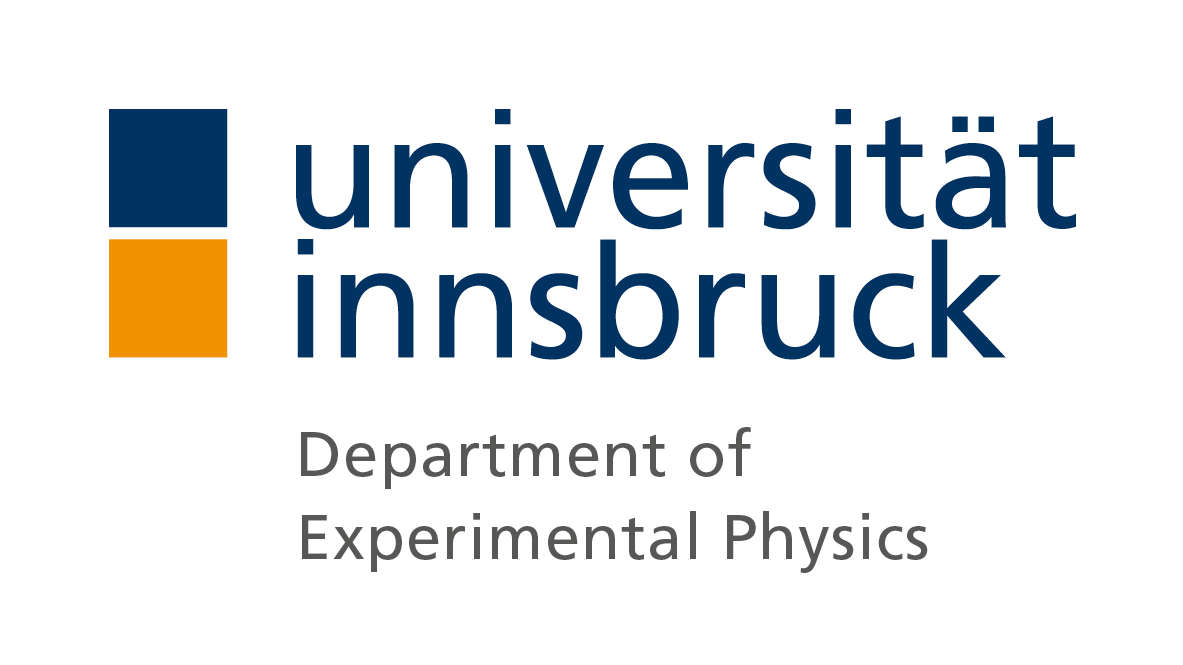
(Image: IQOQI/Harald Ritsch)
"To capture the full potential of currently existing prototype quantum processors, they have to become much larger, include significantly more quantum bits, and must be able to handle errors. Complicated calculations fail, as the systems get out of hand due to pertubations," says Rainer Blatt of the Institute of Experimental Physics at the University of Innsbruck and the Institute of Quantum Optics and Quantum Information (IQOQI). "Using error correction this process can be contained." Every classical computer uses such methods to detect and if possible correct errors while storing and transmitting data. For data storage or transmission redundancy is added, usually in the form of additional bits, which then are used for error detection and correction. For quantum computers similar methods have been developed, which in essence consist of encoding quantum information in multiple quantum bits entangled with each other. "Here, properties of the quantum world are used to detect errors and correct for them," Markus Müller from Swansea University in Great Britain describes the process. "If we manage to suppress the pertubations below a certain threshold, we can build quantum computers for arbitrarily complex computations by increasing the number of entangled qubits."
Ions trapped in a labyrinth
Together with his colleague Alejandro Bermudez Carballo, Markus Müller emphasizes that the capabilities of the existing technological platforms have to be fully exploited on the road towards this goal. "For error correction we require quantum circuits that are exceptionally stable and also work under realistic conditions, even if errors occur during the error correction itself," Bermudez explains. Together they developed a series of fault tolerant protocols and investigated how they can be implemented with the resources and operations of quantum processors available today. A new generation of segemented ion traps provides an ideal platform: single ions can rapidly be shuttled between several zones of a trap. Carefully timed sequences allow parallel processes in different storage and processing zones. By using two different ion species in the same trap, one species can be used as the carrier of quantum information, while the other is used to measure errors, suppress noise and to recool ions during sequences.
A new generation of quantum computers
On the basis of experimental experience of research groups in Innsbruck, Mainz, Zurich and Sydney the researchers defined criteria which allow to determine if quantum error correction is successful. On this basis the researchers can guide the future development of trapped-ion quantum computers to realize a logical qubit in the near future, which can exceed the properties of a physical qubit using error correction.
Extensive numerical simulations of the new error correction protocols in the group of Simon Benjamin at the University of Oxford show how the hardware of the next generation of trapped-ion quantum computers has to be improved to perform fault tolerant computations in the future. "Our numerical results clearly show that state-of-the-art ion trap technologies are well suited to serve as platforms for constructing large-scale fault-tolerant quantum computers", explained Simon Benjamin.

